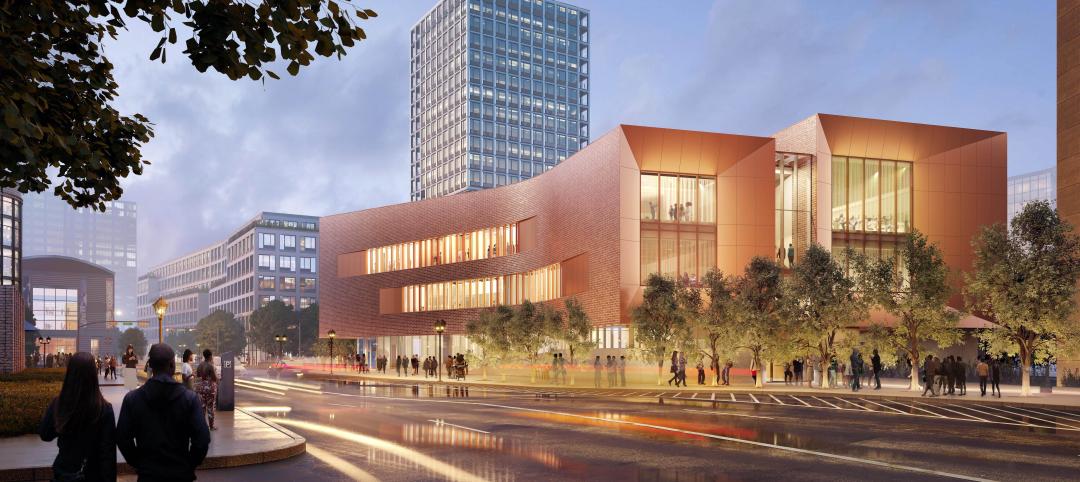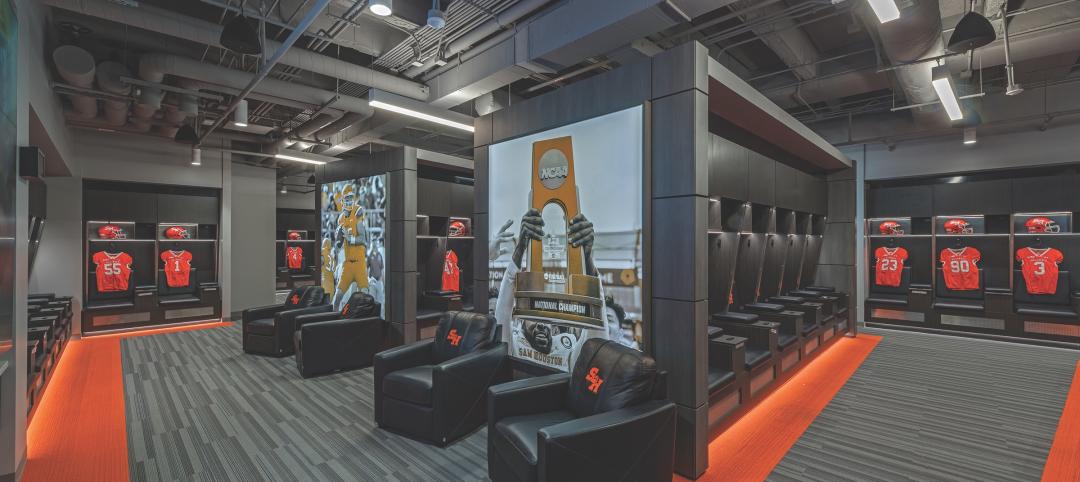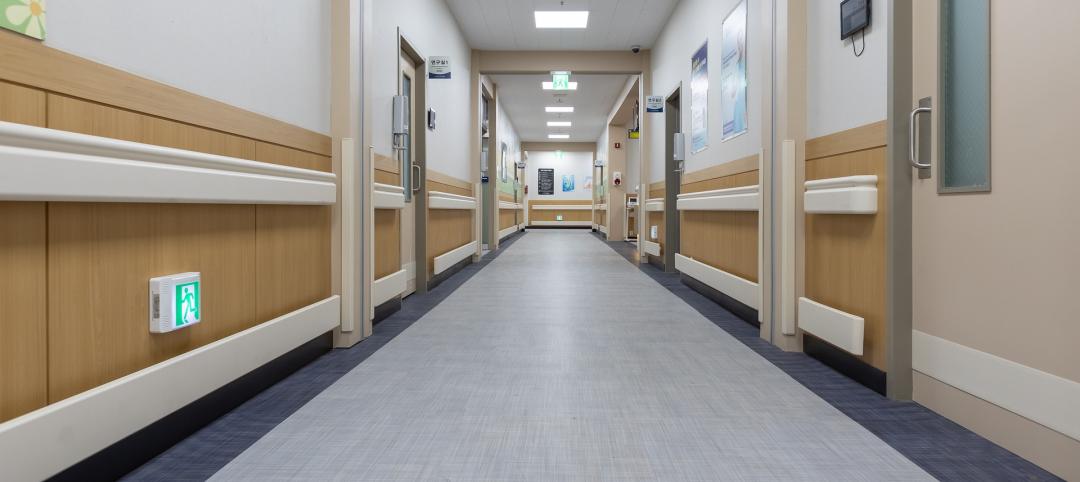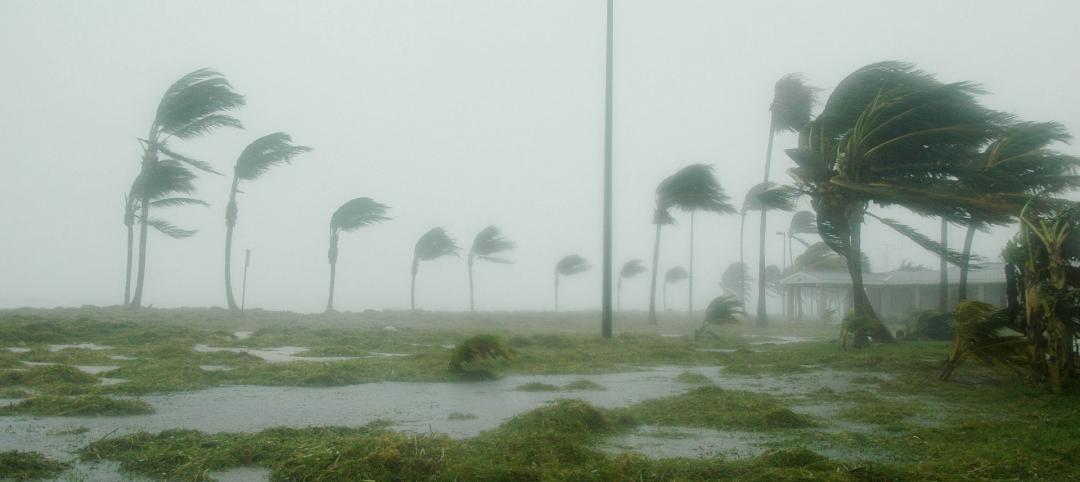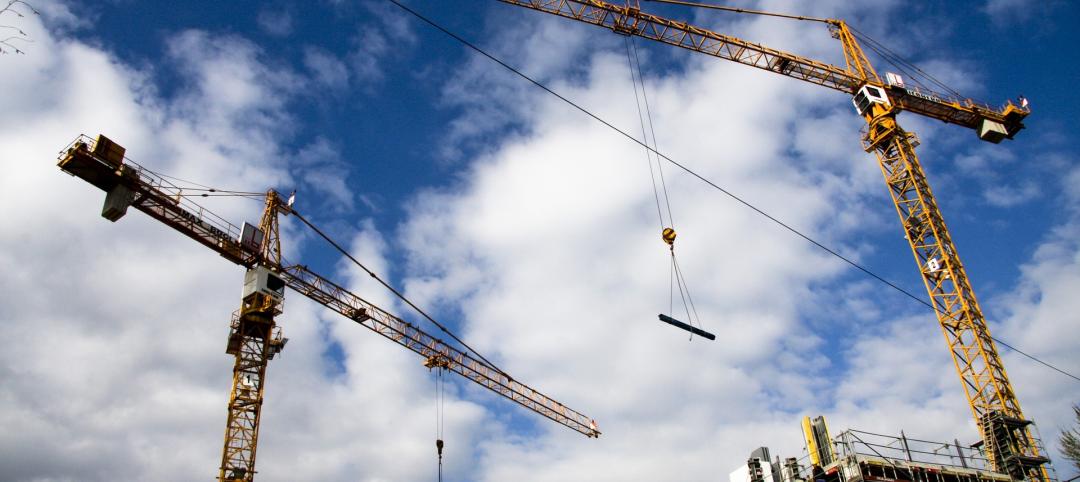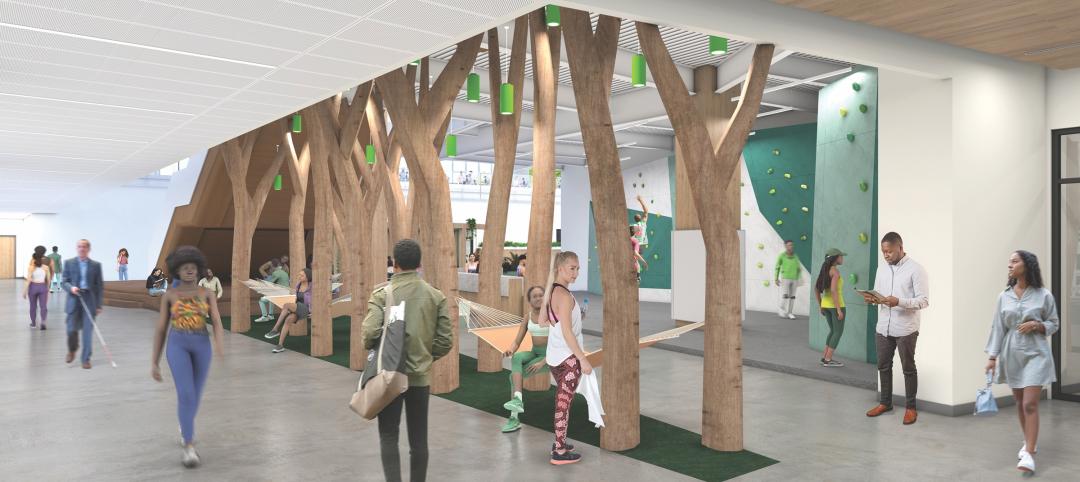Lightning Alley is not just a catchy name for a street or the local bowling lanes. It's the name dubbed to a notorious region in central Florida that is in the heart of the most lightning-prone area in the entire country. And that lightning strike may come at the most inopportune time.
Not only can this force of nature cause bodily injury and severe damage to property, it also has the power to disrupt or destroy a police department's 9-1-1 communications system, which is intended to assist residents during an emergency. That's exactly what happened in the middle of one Florida storm.
When a Walmart in the city of Bushnell was relocated, the facility was donated to the county for their use. The Sumter County Sheriff's Department decided to open its new offices in this building, including housing its emergency communications there.
One serious problem was that the electrical system was built for a 1970's vintage department store, not a critical communications and public safety facility. During one lightning storm in particular, the 9-1-1 system failed, leaving county residents without police, fire or ambulance response.
Inspection of the existing electrical system showed that it was badly flawed, mainly due to improper connectors and poor bonding and grounding. The communications tower, for example, had its own independent and inadequate grounding. The emergency generators and building structure were all independently grounded, each with its own ground rod, exposing its poor design. The main grounding electrode consisted of a single galvanized steel rod from the 1970s, with very high resistance to earth.
A new system was designed and installed for under $40,000, a minimal cost considering the value of the equipment protected, and improved public safety it brought to the residents of Sumter County.
"To be effective, the entire grounding system needs to be properly designed, using listed connectors and corrosion resistant materials," said Dave Brender, National Program Manager for the Copper Development Association, CDA. "Lightning protection systems in particular must be well-grounded to work properly, and could make matters worse if they are not. Copper and its alloys are the most common materials in use for this application because they provide superior corrosion resistance and avoid oxidation problems at connections.
Copper is also easy to install and durable," Brender added.
Central Florida is not the only region in the U.S. affected by severe weather. Similar 9-1-1 and broadcast facilities are employed in areas all over the country where communications is critical and the chances for lightning strikes are quite high. Having proper copper-based grounding and bonding should be a top priority where an entire system can get crippled by lightning.
Related Stories
Performing Arts Centers | Oct 21, 2024
The New Jersey Performing Arts Center breaks ground on $336 million redevelopment of its 12-acre campus
In Newark, N.J., the New Jersey Performing Arts Center (NJPAC) has broken grown on the three-year, $336 million redevelopment of its 12-acre campus. The project will provide downtown Newark 350 mixed-income residential units, along with shops, restaurants, outdoor gathering spaces, and an education and community center with professional rehearsal spaces.
Sports and Recreational Facilities | Oct 17, 2024
In the NIL era, colleges and universities are stepping up their sports facilities game
NIL policies have raised expectations among student-athletes about the quality of sports training and performing facilities, in ways that present new opportunities for AEC firms.
Codes and Standards | Oct 17, 2024
Austin, Texas, adopts AI-driven building permit software
After a successful pilot program, Austin has adopted AI-driven building permit software to speed up the building permitting process.
Resiliency | Oct 17, 2024
U.S. is reducing floodplain development in most areas
The perception that the U.S. has not been able to curb development in flood-prone areas is mostly inaccurate, according to new research from climate adaptation experts. A national survey of floodplain development between 2001 and 2019 found that fewer structures were built in floodplains than might be expected if cities were building at random.
Seismic Design | Oct 17, 2024
Calif. governor signs limited extension to hospital seismic retrofit mandate
Some California hospitals will have three additional years to comply with the state’s seismic retrofit mandate, after Gov. Gavin Newsom signed a bill extending the 2030 deadline.
Codes and Standards | Oct 16, 2024
North Carolina’s code policies likely worsened damage caused by Hurricane Helene
The North Carolina Legislature’s rejection of building code updates likely worsened the damage caused by Hurricane Helene, code experts say. Over the past 15 years, lawmakers rejected limits on construction on steep slopes, which might have reduced the number of homes destroyed by landslides.
MFPRO+ News | Oct 16, 2024
One-third of young adults say hurricanes like Helene and Milton will impact where they choose to live
Nearly one-third of U.S. residents between 18 and 34 years old say they are reconsidering where they want to move after seeing the damage wrought by Hurricane Helene, according to a Redfin report. About 15% of those over age 35 echoed their younger cohort’s sentiment.
Construction Costs | Oct 16, 2024
Construction Crane Index: Most major markets’ crane counts increase or hold steady in third quarter
Rider Levett Bucknall’s (RLB’s) latest Crane Index and Quarterly Cost Report shows continued decreasing cost inflation and crane counts increasing or holding steady in 10 of the 14 major markets it surveyed. The national average increase in construction costs was 1.07%, the lowest it’s been in the last three years.
University Buildings | Oct 15, 2024
Recreation and wellness are bedfellows in new campus student centers
Student demands for amenities and services that address their emotional and mental wellbeing are impacting new development on college campuses that has led to recreation centers with wellness portfolios.
Performing Arts Centers | Oct 10, 2024
Studio Gang's performing arts center for Hudson Valley Shakespeare breaks ground
A new permanent home for Hudson Valley Shakespeare, a professional non-profit theater company, recently broke ground in Garrison, N.Y. The Samuel H. Scripps Theater Center includes a 14,850 sf performance venue that will serve as a permanent home for the theater company known for its sweeping open-air productions of classics and new works.



